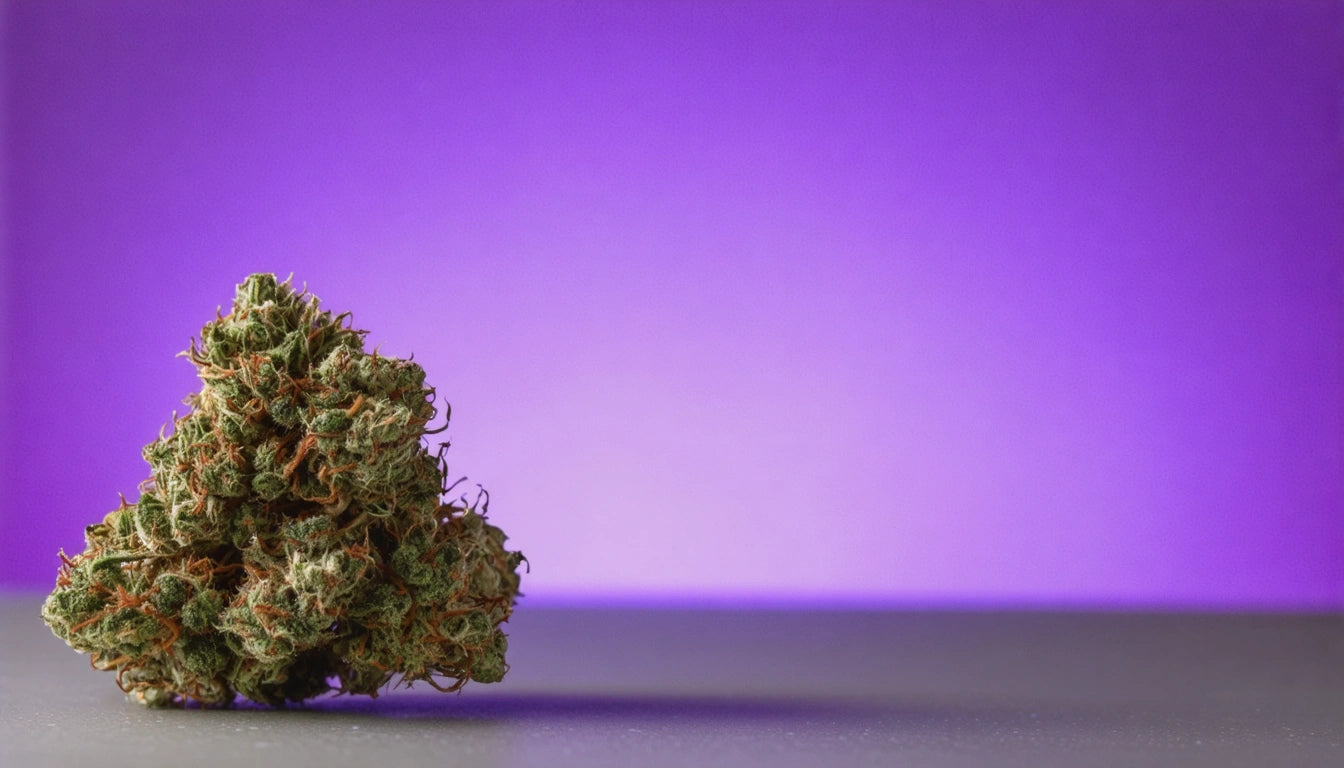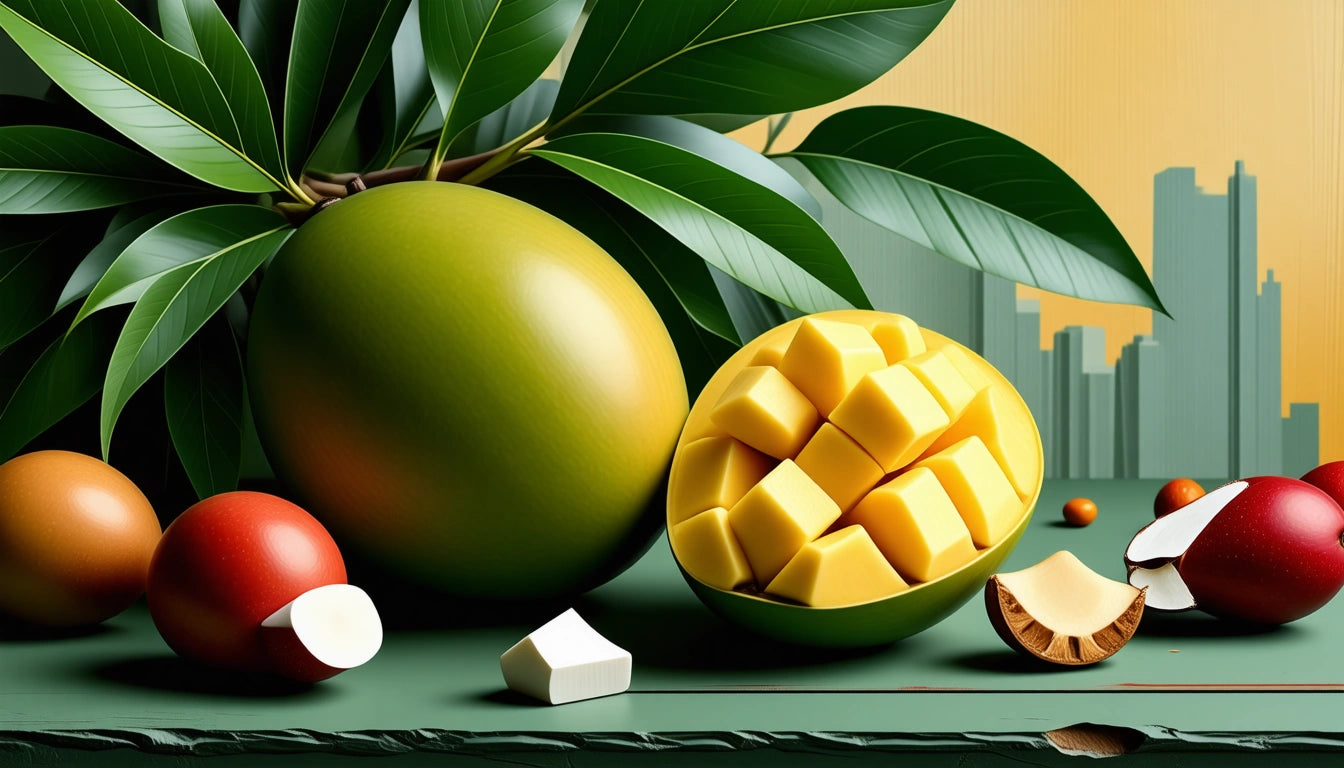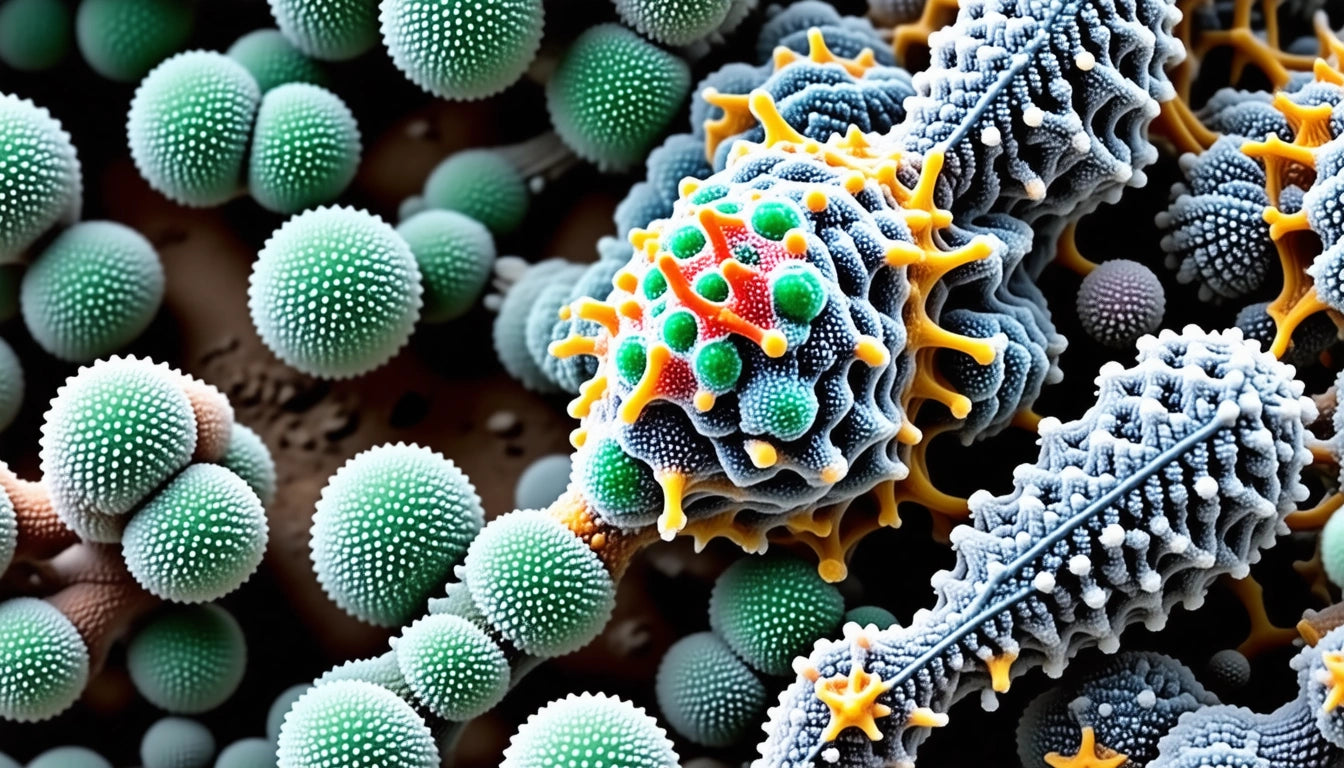Table of Contents
Why Is 420 Associated with Marijuana?
The connection between 420 and marijuana represents one of the most recognized numerical associations in modern culture. This three-digit code has transcended its humble origins to become a global shorthand for cannabis consumption, culture, and advocacy. But why does 420 mean weed, and how did this seemingly random number become so inextricably linked with marijuana?
The Origins of 420: Beyond Urban Legends
The true story behind why 420 is associated with weed has been obscured by decades of misinformation and creative storytelling. Contrary to popular belief, 420 is not a police code for marijuana possession, nor does it represent the number of active chemicals in cannabis. It's not Bob Marley's birthday, and it has nothing to do with Hitler's birth date or the date of his death.
According to documented research on 420's origins, the association began with a group of high school students in the early 1970s. Their after-school ritual would eventually transform into a worldwide phenomenon, spreading from a small California town to cannabis communities across the globe.
The Waldos of San Rafael: How Five Students Started a Movement
The term 420 originated with a group of teenagers at San Rafael High School in Marin County, California, in 1971. This group, who called themselves "the Waldos" because they hung out by a wall outside their school, would meet at 4:20 PM to search for an abandoned cannabis crop they had heard about near the Point Reyes Coast Guard Station.
The Waldos would remind each other in the school hallways to meet at "4:20" for their treasure hunt. Eventually, "420" became their code word for marijuana consumption in general. The significance of 420 as National Weed Day can be traced directly back to this origin story, which has been verified through documented evidence including letters and postmarked envelopes from the early 1970s.
From High Times to Global Phenomenon
The spread of 420 from a local high school code to international recognition came through a crucial connection to the Grateful Dead. The Waldos had connections to the band through family and friends, and as the Dead toured, the term spread among their devoted fanbase.
The watershed moment came in the early 1990s when High Times magazine published the story of 420, giving it mainstream exposure in cannabis culture. This publication helped cement why pot is called 420 in the broader cultural consciousness. By the late 1990s, the term had become ubiquitous in cannabis communities worldwide.
420 Celebrations: How April 20th Became Weed Day
As the numerical code gained popularity, April 20th (4/20 in American date format) naturally evolved into an unofficial holiday for cannabis enthusiasts. The first organized 420 celebrations began in the early 1990s, with gatherings in places like Hippie Hill in San Francisco's Golden Gate Park.
Today, April 20th sees massive gatherings in cannabis-friendly locations worldwide. These range from political protests advocating for legalization to celebrations in regions where cannabis has been legalized. Understanding 420's meaning and celebrations provides insight into how this date has become a cultural touchstone.
Notable 420 Celebrations Around the World
- Denver's Civic Center Park gathering
- Hyde Park in London
- Parliament Hill in Ottawa, Canada
- Hippie Hill in San Francisco
- Washington Square Park in New York City
Debunking Common 420 Myths and Misconceptions
Many myths persist about why 420 stands for weed. Some of the most common misconceptions include:
- That it's a police code for marijuana possession (it's not)
- That there are 420 chemical compounds in cannabis (the actual number varies by strain)
- That it references section 420 of California's criminal code (this section doesn't relate to marijuana)
- That it's connected to Bob Marley's birth or death (neither occurred on April 20)
These myths highlight how cultural phenomena can take on lives of their own, with explanations evolving and multiplying over time. The documented Waldos story remains the most credible and well-supported explanation for how 420 became associated with weed.
With cannabis legalization expanding globally, proper regulation has become increasingly important. This includes appropriate packaging standards, especially in states where recreational use is permitted. Safety regulations for cannabis products now often include requirements for child-resistant packaging, similar to standards applied to pharmaceuticals and household chemicals, to prevent accidental ingestion by children.
Cultural Significance and Legacy in Modern Cannabis Culture
Today, 420 has transcended its origins to become a powerful symbol in cannabis advocacy and culture. The term appears in everything from dispensary names to product lines and has become shorthand for cannabis-friendly businesses, events, and communities. Understanding what "420-friendly" means has become essential knowledge in certain social circles and travel planning.
The evolution of 420 from high school slang to international phenomenon mirrors the journey of cannabis itself, from counterculture symbol to mainstream acceptance. As legalization movements gain traction worldwide, 420 celebrations have shifted from acts of civil disobedience to sanctioned events celebrating cannabis culture.
The story of how 420 became associated with marijuana reminds us how cultural symbols evolve, sometimes from the most unexpected origins. What began as a simple meeting time for teenage treasure hunters has become a worldwide movement, demonstrating the power of organic cultural evolution and the enduring human tendency to create shared symbols and celebrations.











Leave a comment
All comments are moderated before being published.
This site is protected by hCaptcha and the hCaptcha Privacy Policy and Terms of Service apply.